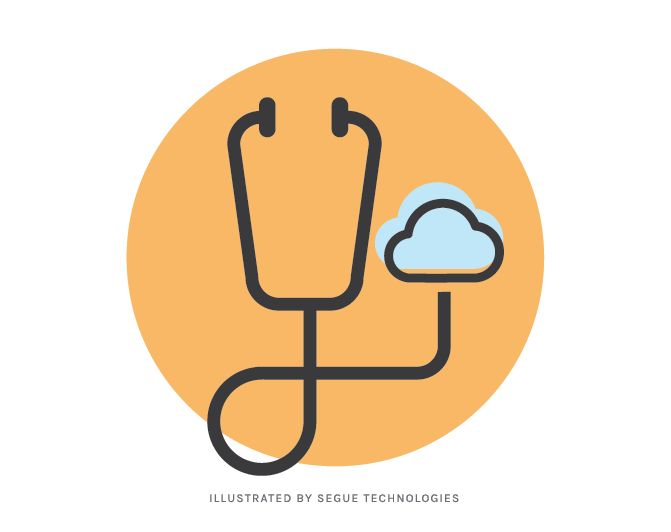The cloud is a multi-stakeholder and -industry interdependent connection that impacts the entire economic, security, and reliability of the healthcare infrastructure. The private healthcare industry is continuously moving towards the cloud but the Defense Health Agency (DHA) has a directive to move ‘cloud first’ mandating the “default to cloud-based solutions whenever a secure, reliable, cost-effective cloud option exists.”
Healthcare and the Cloud
The current transition in the healthcare industry towards the cloud is a difficult and slow process due to the extremely broad range of stakeholders, regulations and laws that include:
- Providers
- Caregivers
- Patients
- HIPAA and other Federal Laws
- State and Local Laws
- Industry regulations
The cloud presents many challenges for implementation due to various regulations both mandated by industry standards and legislation requiring the protection of patient data and the security of critical information. As mentioned in the blog post What Might Stronger HIPAA Regulations Mean for Developers?, another area of concern with cloud computing: despite the advantages of this approach, organizations are often hesitant to use it because of concerns about security and compliance. However, a review of HIPAA breaches published by HHS shows that to date, most cases of theft or loss of protected health information (PHI) involved a laptop or electronic media containing unencrypted PHI. Cloud-based services may in fact better incorporate all necessary and appropriate security and compliance infrastructure to avoid running afoul of HIPAA regulations than more traditional IT storage methods.
Why Adopt the Cloud
According to a 2014 HIMSS Analytics survey the top three reasons for adopting cloud services include:
- Lower maintenance costs
- Speed of deployment
- Lack of internal staffing resources
The survey found that 80% of healthcare organizations embrace the cloud as the data storage and sharing mechanism to work across industries. This embrace of the cloud is both to stay current with technological development, as well as take advantage of the cost savings and continued investment. According to Information Week, “By 2017, healthcare organizations will spend $5.4 billion worldwide on cloud services.”
The Cloud and Defense Health Agency
For the Department of Defense (DoD), Terry Halvorsen, Acting Chief Information Officer, outlined his vision with the cloud: “to form an interactive partnership between all of the government players involved within DoD and industry to get it right.”
The review of the DHA in the summer of 2014 found that “the military treatment network of 50 hospitals and 600 clinics looks a lot like the U.S. medical system as a whole: Its ability to coordinate policy and share information is lacking, and the care it delivers includes a few pockets of excellence, a large amount of mediocrity, and some cases in which treatment is substandard.” This is a strong indication of the continued need and focus on cloud based solutions to meet the future of healthcare technology within the Defense Health Agency.
This transition will take time, as in January 2014 the initial focus of utilizing the cloud was “to transition multiple email systems to the enterprise email system run by the Defense Information Systems Agency in the cloud.” The continued development of Health IT in the cloud and the Defense Health Agency is still a challenge but a critical and necessary investment.



